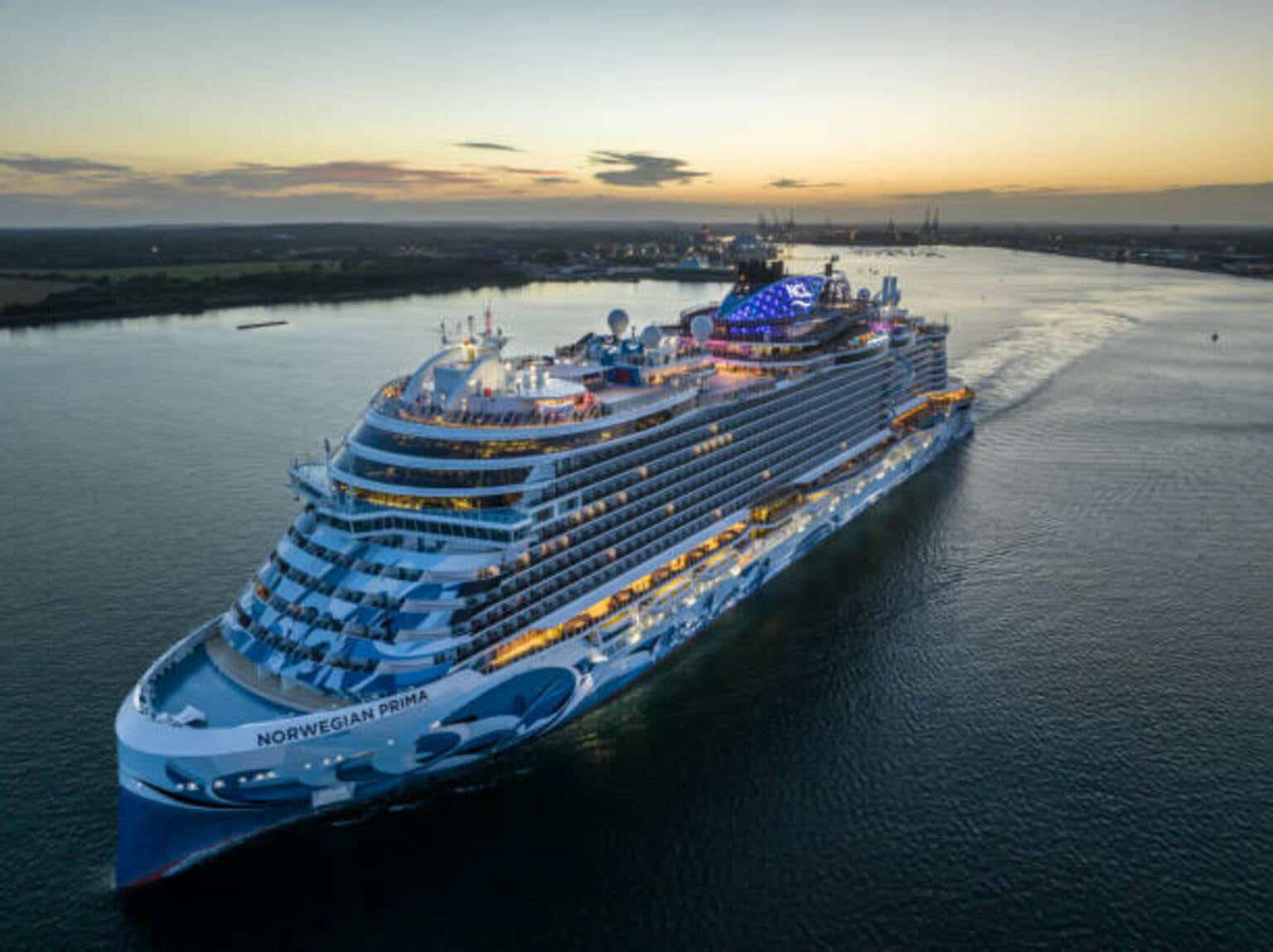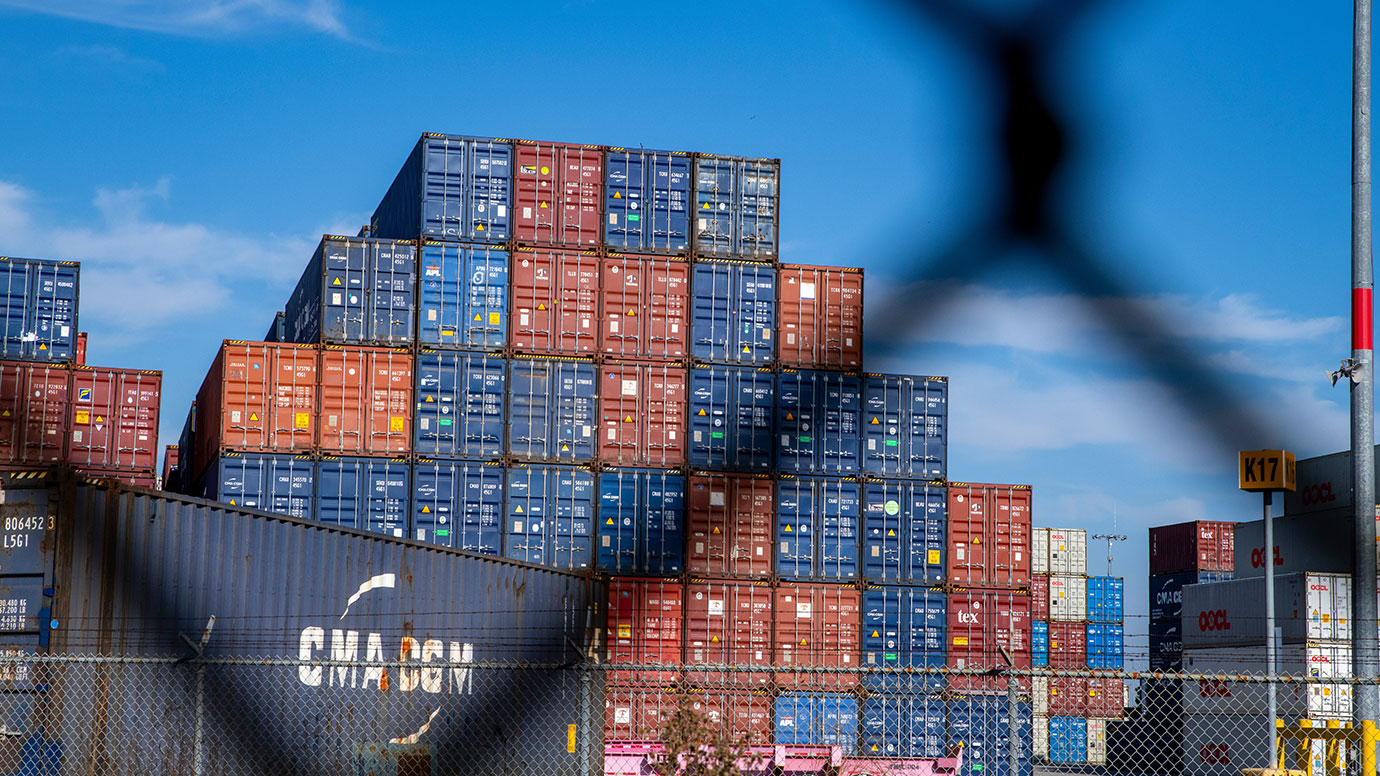What tariffs have been implemented by the Trump administration?
Adão: This is probably the most difficult question, because the answer changes nearly every day. Even though tariffs may not be in place, just the fact that they’re being talked about extensively in the media and by the administration has an impact on the economy.
The uncertainty and the possibility of those tariffs coming have already generated responses by consumers and producers. For example, the media recently reported that most of the car makers outside the U.S. are trying to import lots of vehicles now before any tariffs come into effect in early April.
Durlauf: We have had tariffs threatened, tariffs imposed, tariffs delayed. This creates uncertainties that have distinct harms on the American economy. One standard measure, the Economic Policy Uncertainty Index, has unsurprisingly skyrocketed.
Could Trump’s tariffs be good for U.S. workers and businesses?
Durlauf: Part of the argument for tariffs is that they are good for U.S. jobs, with the employment effect being worth the higher prices and harm to consumers. But that’s not really how they work. In fact, tariffs are likely to cause negative employment effects because of the way that they ripple through the economy.
A good example is the steel tariffs implemented in the first Trump administration. These slightly raised employment in the steel industry. However, they caused an overall decline of manufacturing employment that was an order of magnitude higher than the modest gain in steel jobs. Why? Millions of manufacturing jobs involve products that use steel as an input; over two million jobs are in steel-intensive industries. These jobs are adversely impacted by rising production costs caused by tariffs on steel. In contrast, there are fewer than 150,000 U.S. steelworkers.
U.S. tariff increases do not occur in a vacuum. China has already retaliated. Canada and Mexico previously proposed countermeasures to U.S. threats. The Canada and European Union have just responded to steel and aluminum tariffs. This is why tariffs are often called a “beggar thy neighbor” policy. Everyone will be worse off.
Are there historical precedents for similar tariffs, and what were the outcomes in those cases?
Gulotty: Tariffs have been part of U.S. trade policy since the founding, but in the period that tariffs were high, they were consistent and targeted. There is little historical precedent for this sort of rapid experimentation in tariff-setting, where tariffs are declared one day and dropped the next, or applied to all products from a country.
One analogy would be the 1807 Embargo Act—a ban on all trade intended to punish Britain and France. It had the effect of sharply reducing American imports and exports, allowed British trade expansion in South America and escalated political tensions, culminating in the War of 1812.
How are Trump’s tariffs, or threats of tariffs, affecting relationships with U.S. neighbors and trade partners?
Adão: Any negative impact that you would expect from the tariffs being applied to other countries, especially those in Asia, would be much larger if they are applied to your direct neighbors. Not only is there more trade with our close partners, but that trade may be on specific items that are very hard to substitute because they are integrated into these very long supply chains.
The car manufacturing industry is a good example. If you cut Canada from the supply chain in the U.S., you’ll have fewer parts for producing cars. Even the parts that were produced in the U.S. are not going to be useful because you don’t have the parts that are being produced in Canada. It’s not easy for firms to substitute, for example, part of an engine that is only used by Ford on certain models; it will take a few months at least. The evidence that we have is that in the short run, those disruptions can be very severe.
Gulotty: Tariffs reduce demand for foreign goods, which can create political challenges in maintaining friendly relations with the U.S. However, those issues are part of everyday economic relations among even close partners.
In the 20th century, the U.S. developed a system to address those tensions in a constrained way, including institutions like the World Trade Organization and its dispute settlement systems. Under the past several administrations, the U.S. has abandoned that system. Now Trump’s tariffs are being done in a way that ignores prior treaty commitments, combined with hostile rhetoric about national security and a seeming drive toward imperialism.
Decades of diplomatic effort to negotiate these treaties, build trust and develop a system to address economic frictions have been abandoned.
—The story contains material previously published by the Harris School of Public Policy.

















